Introduction to Cloud Computing book
Written by: Abdul Rahman Othman and Abu Sufyan al-Jilani
Introduction to Cloud Computing is an important introductory reference for understanding the basic and advanced concepts in the world of cloud computing. The authors discuss the evolution of this technology and its growing role in supporting corporate innovation through flexible and effective technical solutions. The book presents in a simplified manner the concepts of infrastructure, platforms, and services, while highlighting the advantages and disadvantages of cloud computing.
Definition of cloud computing
The book defines cloud computing as a model for delivering information technology services, such as servers, storage, databases, and software, over the Internet, on demand and on a pay-as-you-go basis. Cloud computing allows for the provision of massive technical resources without the need for local infrastructure.
Types of clouds
The book covers three main types of clouds:
Public cloudProvided by entities such as:Amazon and Google are available to the public.
Private cloudDedicated to a single organization and provides greater security and control.
Hybrid Cloud: Blends public and private to balance security and flexibility.
The book discusses these classifications in detail, showing how to choose the most appropriate style for each organization.
Types of cloud computing services
The book explores three basic models of cloud computing services:
SaaS (Software as a Service): likeGmail and Office 365.
PaaS (Platform as a Service):likeGoogle App Engine.
IaaS (Infrastructure as a Service): likeAmazon EC2.
Each model offers a different level of control and automation, with an introduction to cloud computing suitable for different types of users, from developers to large enterprises.
Cloud storage
Cloud storage is one of the cornerstones of cloud computing. It is defined as storing data on remote servers and accessing it over the internet. Its most prominent advantages include:
- Accessible from anywhere.
- Low cost.
- Flexibility to expand.
- Disaster recovery.
The book highlights the importance of cloud storage for enterprises in facing modern challenges, such as digital transformation and big data.
Benefits of cloud computing
The book focuses on a set of benefits offered by an introduction to cloud computing, including:
- Reduce costs.
- Speed up publishing time.
- Increase flexibility and scalability.
- Improve data management.
- Save a lot of time and effort in managing infrastructure.
The book also demonstrates that these benefits can transform corporate strategy toward a smarter, more efficient model.
Challenges and risks
Despite the significant benefits, the book Introduction to Cloud Computing highlights challenges, such as:
- Security and privacy issues.
- Loss of control over data.
- Dependence on the service provider.
- Compliance issues.
The book emphasizes the importance of balancing the benefits of cloud computing with these challenges, through clear risk management strategies.
IaaS: Infrastructure as a Service
The book presents a modelIaaS as a Service allows companies to use virtual infrastructure without purchasing hardware. Its most prominent features include:
- Pay as you go.
- Ease of expansion.
- Flexibility in management.
It is consideredIaaS is a vital tool in transforming traditional infrastructure into one that is flexible and responsive to changing business needs. Introduction to Cloud Computing discusses the impact of IaaS on reducing costs and increasing operational efficiency.
PaaS: Platform as a Service
The book explains how to applyPaaS is an integrated environment for developers to build applications without worrying about managing servers or updates. Benefits include:
- Accelerate the development lifecycle.
- Support for multiple programming languages.
- Ready-to-use environment for rapid deployment.
The book explains thatPaaS is ideal for rapid projects that require frequent testing and continuous updates.
SaaS: Software as a Service
One of the most widely used models, the book Introduction to Cloud Computing provides a simplified explanation of how to use software directly from the browser. Its benefits include:
- No installation required.
- Automatic updates.
- Continuous support from the provider.
The book shows how this model has made software easy to use and widely available without the need for infrastructure.
Cloud computing use cases
The book shows how an introduction to cloud computing can be used in areas such as:
Backup and disaster recovery.
Software development.
Big data analysis.
Regulatory compliance.
The book points out that these areas directly benefit from the flexibility and high performance of cloud computing.
In conclusion, "Introduction to Cloud Computing" represents a rich Arabic reference for understanding digital transformations through cloud computing. It explains concepts in a simple and practical manner and emphasizes the importance of adopting an introduction to cloud computing as a necessity in the modern business world, where flexibility, efficiency, and cost-effectiveness are indispensable.
You can download the book "Introduction to Cloud Computing" directly from here.
 يمكنك تحميل كتاب "مقدمة في الحوسبة السحابية" مباشرةً من هنا.
يمكنك تحميل كتاب "مقدمة في الحوسبة السحابية" مباشرةً من هنا.



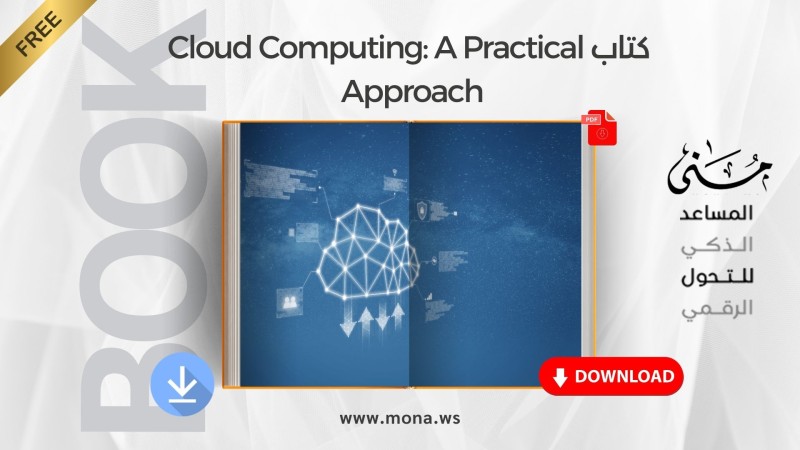
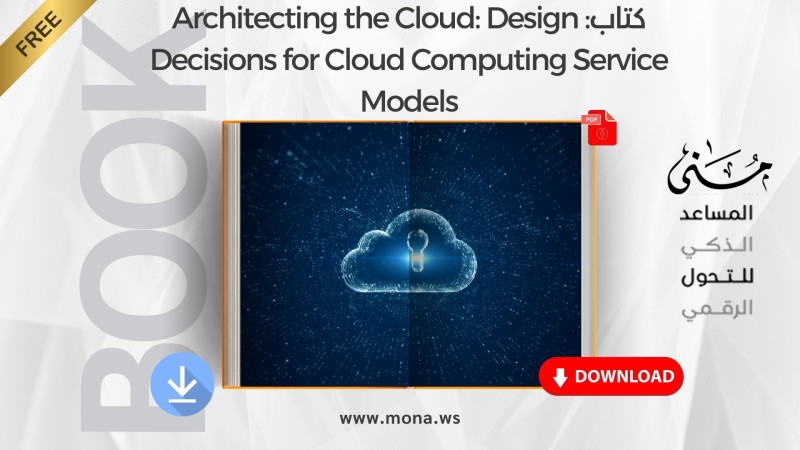
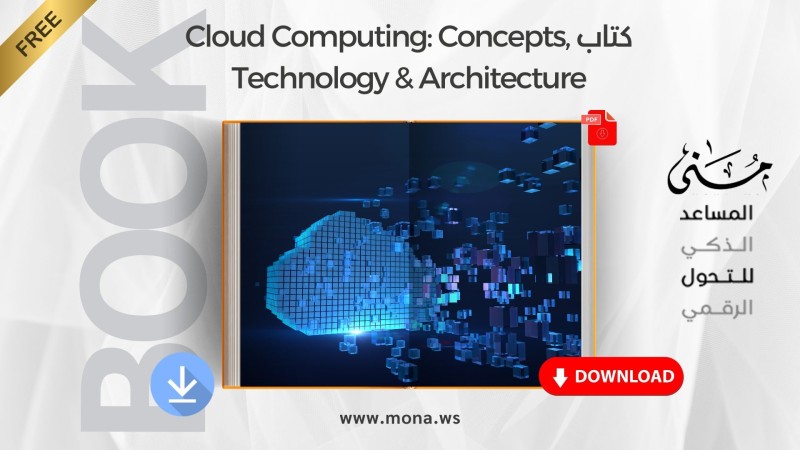
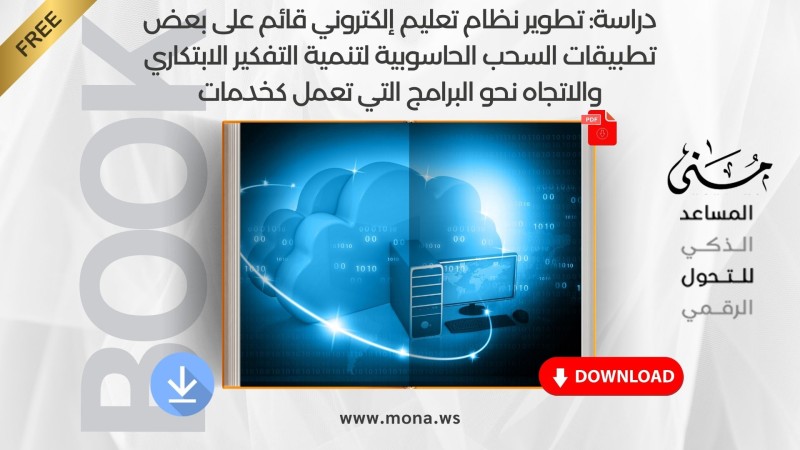

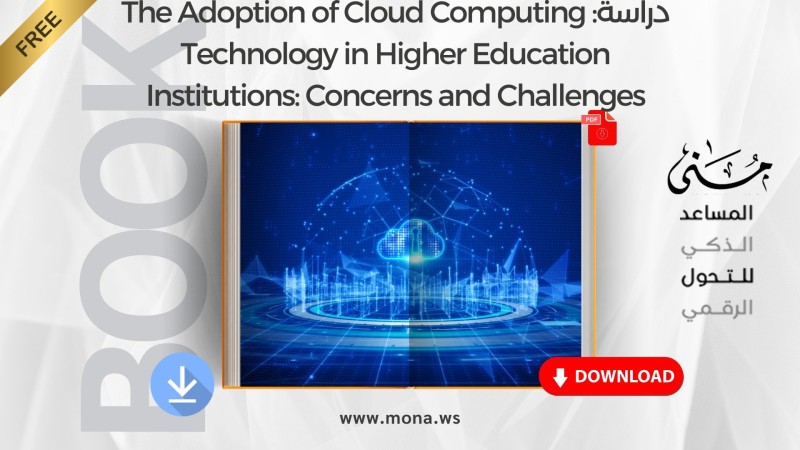
Comments
Add New Comment